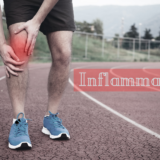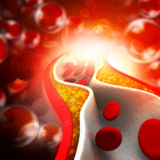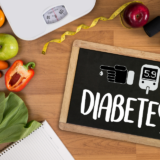Sleep was once considered an inactive, or passive, state in which both the body and the brain “turned off” to rest and recuperate from the day’s waking activities. The brain goes through characteristic patterns of activity throughout each period of sleep, and that it is sometimes more active when we’re asleep than when we’re awake. Understanding these patterns and the factors that affect them may help in making choices that will lead to better quality sleep.
Sleep is an important part of your daily routine, most of you spend about one-third of your time doing it. Quality sleep and getting enough of it at the right times is as essential for survival as food and water.
Sleep is important to a number of brain functions, including how nerve cells (neurons) communicate with each other. In fact, your brain and body stay remarkably active while you sleep. Sleep plays a housekeeping role that removes toxins in your brain that build up while you are awake.
Sleep is a complex and dynamic process. Everyone needs sleep, without sleep you can’t form or maintain the pathways in your brain that let you learn and create new memories, and it’s harder to concentrate and respond quickly.
Sleep affects almost every type of tissue and system in the body – from the brain, heart, and lungs to metabolism, immune function, mood, and disease resistance. A chronic lack of sleep, or getting poor quality sleep, increases the risk of disorders including high blood pressure, cardiovascular disease, diabetes, depression, and obesity.
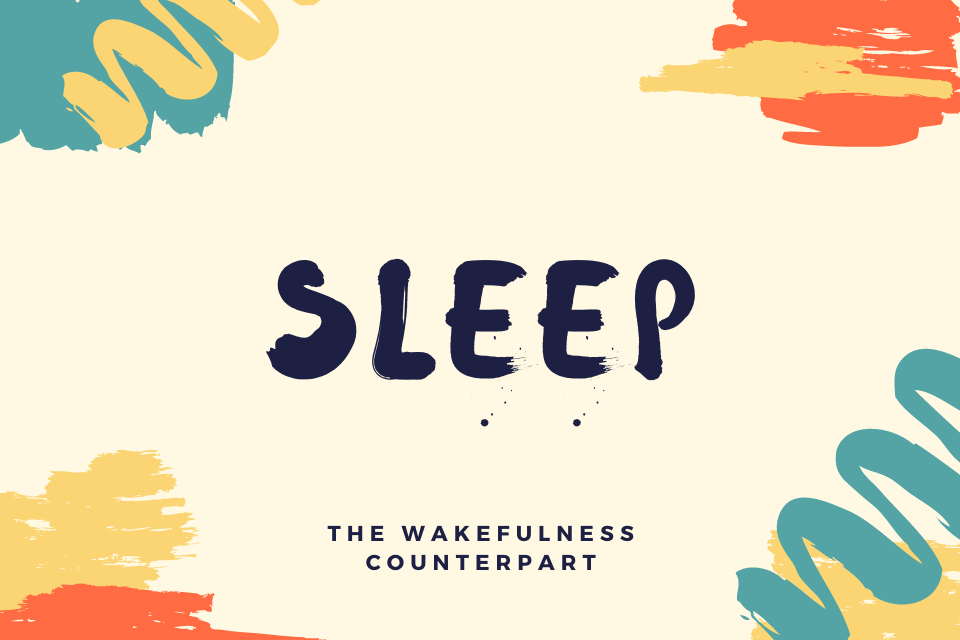
Why is sleep important?
Sleep is crucial for many reasons. A good night’s sleep:
- regulates the release of hormones that control appetite, metabolism, growth, and healing
- boosts brain function, concentration, focus, and productivity
- reduces risk for heart disease and stroke
- helps with weight management
- maintains immune system
- lowers risk of chronic health conditions such as diabetes and high blood pressure
- improves athletic performance, reaction time, and speed
- lowers risk of depression
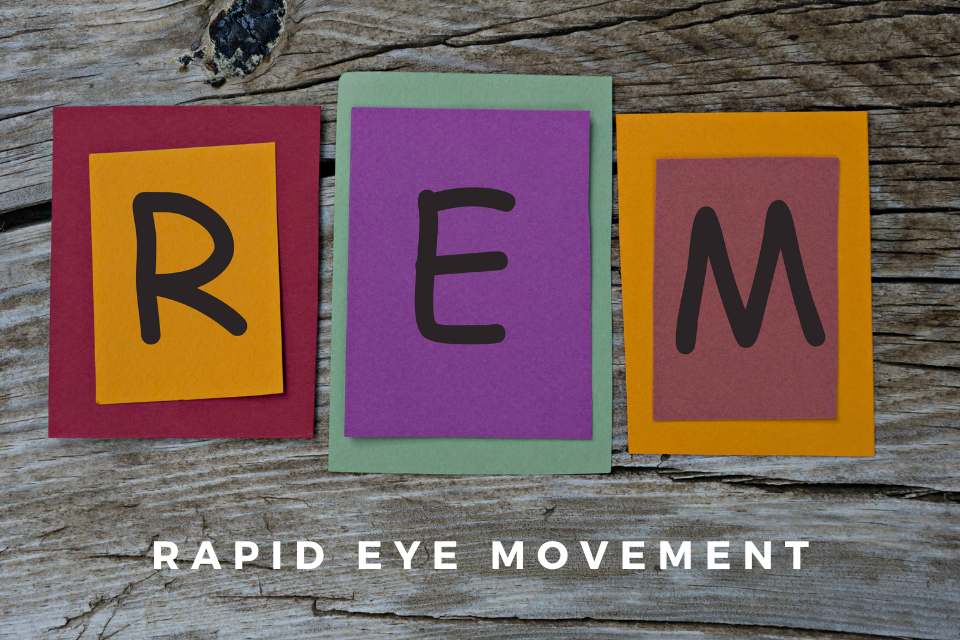
Sleep Stages
There are two basic types of sleep: Rapid Eye Movement (REM) sleep and non-REM sleep (which has three different stages). Each is linked to specific brain waves and neuronal activity. A sleep cycle lasts about 90 minutes, and during that time you cycle through all stages of non-REM and REM sleep several times during a typical night, with increasingly longer, deeper REM periods occurring toward morning.
Stage 1 non-REM sleep is the changeover from wakefulness to sleep. During this short period (lasting several minutes) of relatively light sleep, heartbeat, breathing, and eye movements slow, and muscles relax with occasional twitches. Brain waves also begin to slow from their daytime wakefulness patterns.
Stage 2 non-REM sleep is a period of light sleep before body enters deeper sleep. Heartbeat and breathing slows, and muscles relax even further. Body temperature drops and eye movements stop. Brain wave activity slows but is marked by brief bursts of electrical activity. You spend more of your repeated sleep cycles in stage 2 sleep than in other sleep stages.
Stage 3 non-REM sleep is the period of deep sleep that body needs to feel refreshed in the morning. It occurs in longer periods during the first half of the night. Heartbeat and breathing slow to their lowest levels during this sleep pattern. Muscles are relaxed and it may be difficult to awaken you. Brain waves become even slower.
REM sleep first occurs about 90 minutes after falling asleep. Eyes move rapidly from side to side behind closed eyelids. Mixed frequency brain wave activity becomes closer to that seen in wakefulness. Breathing becomes faster and irregular, heart rate and blood pressure increase to near waking levels. Most of dreaming occurs during REM sleep, although some can also occur in non-REM sleep. Arm and leg muscles become temporarily paralyzed, preventing from acting out your dreams (Other important muscles, such as our heart and diaphragm, continue to function normally). As you age, you sleep less of your time in REM sleep. Memory consolidation most likely requires both non-REM and REM sleep.
Sleep mechanisms
Two internal biological mechanisms – Circadian rhythm and Homeostasis – work together to regulate when body is awake and sleep.
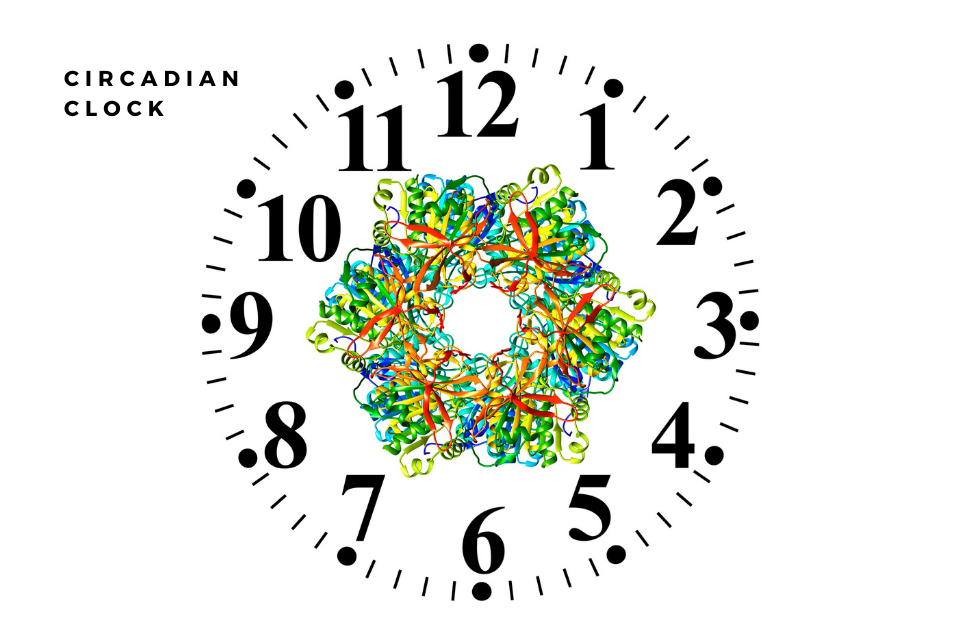
Circadian rhythms direct a wide variety of functions from daily fluctuations in wakefulness to body temperature, metabolism, and the release of hormones. They control timing of sleep and cause sleepiness at night and tendency to wake in the morning without an alarm. Body’s biological clock is based on a roughly 24-hour day, controls most circadian rhythms. Circadian rhythms synchronize with environmental cues (light, temperature) about the actual time of day, but they continue even in the absence of cues.
Sleep-wake Homeostasis keeps track of your need for sleep. The homeostatic sleep drive reminds the body to sleep after a certain time and regulates sleep intensity. This sleep drive gets stronger every hour you are awake and causes you to sleep longer and more deeper after a period of sleep deprivation.
Factors that influence your sleep-wake needs include medical conditions, medications, stress, sleep environment, and what you eat and drink. Perhaps the greatest influence is the exposure to light. Specialized cells in the retinas of your eyes process light and tell the brain whether it is day or night and can advance or delay sleep-wake cycle. Exposure to light can make it difficult to fall asleep and return to sleep when awakened.
Night shift workers often have trouble falling asleep when they go to bed, and also have trouble staying awake at work because their natural circadian rhythm and sleep-wake cycle is disrupted. In the case of jet lag, circadian rhythms become out of sync with the time of day when people fly to a different time zone, creating a mismatch between their internal clock and the actual clock.
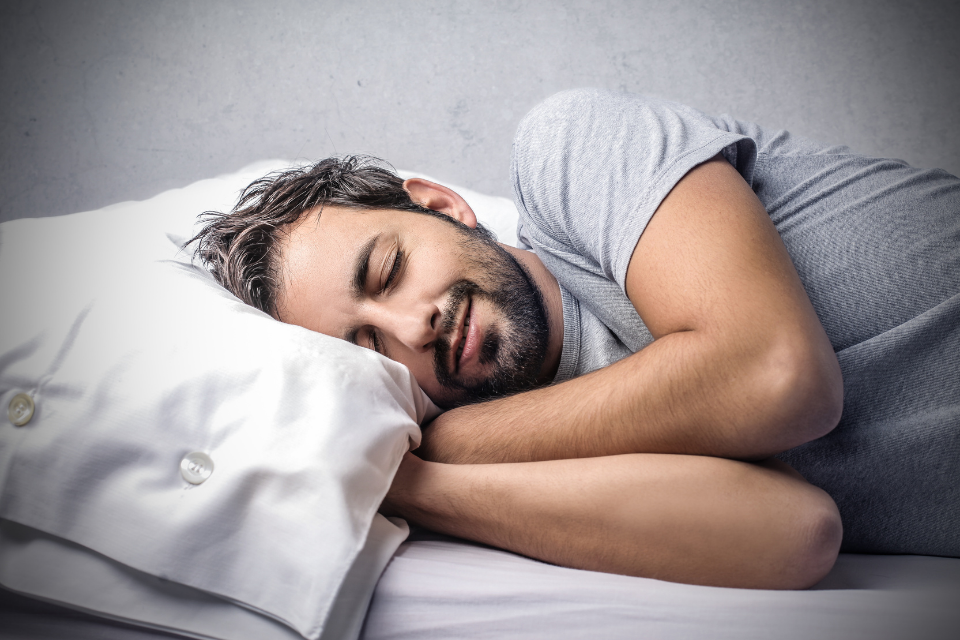

What is a Sleep Cycle?
A sleep cycle is the progression through the various stages of NREM sleep to REM sleep before beginning the progression again with NREM sleep. Typically, a person would begin a sleep cycle every 90-120 minutes resulting in four to five cycles per sleep time, or hours spent asleep.
One does not go straight from deep sleep to REM sleep, however a sleep cycle progress through the stages of non-REM sleep from light to deep sleep, then reverse back from deep sleep to light sleep, ending with time in REM sleep before starting over in light sleep again.
For a majority of people, a sleep cycle begins with a short period of Stage 1 sleep whereby the body begins to relax and a drowsy state occurs with slow rolling eye movements. Though arousals or awakenings are prevalent, Stage 1 is important as it allows for the body to enter Stage 2; the first quantifiable stages of NREM sleep.
Stage 2 occurs for longer periods than Stage 1. For most, Stage 2 sleep comprises approximately 40-60% of total sleep time.
Moving through the sleep cycle, Stage 3 is most often found next in the progression. This restorative stage does not last as long as Stage 2, lasting between 5-15% of total time asleep for most adults. For children and adolescents Stage 3 is much higher in duration.
REM can occur at time during the sleep cycle, but on average it begins 90 minutes following sleep onset and is short in duration as it is the first REM period of the night. Following REM, the process resumes starting with periods of Stage 1, 2 & 3 intermixed before returning to REM again for longer periods of time as sleep time continues.
How long is a sleep cycle? The first sleep cycle takes about 90 minutes. After that, they average between 100 to 120 minutes. Typically, an individual will go through four to five sleep cycles a night.
What Is Deep Sleep?
Deep sleep occurs in Stage 3 of NREM sleep. Brain waves during Stage 3 are called delta waves due to the slow speed and large amplitude. Of all of the sleep stages, Stage 3 is the most restorative and the sleep stage least likely to be affected by external stimuli.
Waking a person from deep sleep can be difficult. Following a period of sleep deprivation, a person experiences extensive time in Stage 3 sleep. Parasomnias such as sleep walking sleep talking, night terrors and bedwetting can occur. (There is muscle activity, that’s how people can talk or kick in their sleep!)
Deep sleep reduces sleep drive, and provides the most restorative sleep of all the sleep stages. This is why even after a short nap during the day; you’re still able to fall asleep at night. But if the is nap long enough to fall into deep sleep, then there will be more difficulty falling asleep at night because of reduced need for sleep.
During deep sleep, human growth hormone is released and restores your body and muscles from the stresses of the day. Immune system also restores itself. Much less is known about deep sleep than REM sleep. It may be during this stage that the brain also refreshes itself for new learning the following day.
How Much Sleep Do Body Need?
Need for sleep and sleep patterns change as you age, but this varies significantly across individuals of the same age. There is no magic “number of sleep hours” that works for everybody of the same age. Babies initially sleep as much as 16 to 18 hours per day, which may boost growth and development (especially of the brain).School-age children and teens on average need about 9.5 hours of sleep per night. Most adults need 6-9 hours of sleep a night, but after age 60, nighttime sleep tends to be shorter, lighter, and interrupted by multiple awakenings. Elderly people are also more likely to take medications that interfere with sleep.
In general, people are getting less sleep than they need due to longer work hours and the availability of round-the-clock entertainment and other activities.
Many people feel they can “catch up” on missed sleep during the weekend but, depending on how sleep-deprived they are, sleeping longer on the weekends may not be adequate.
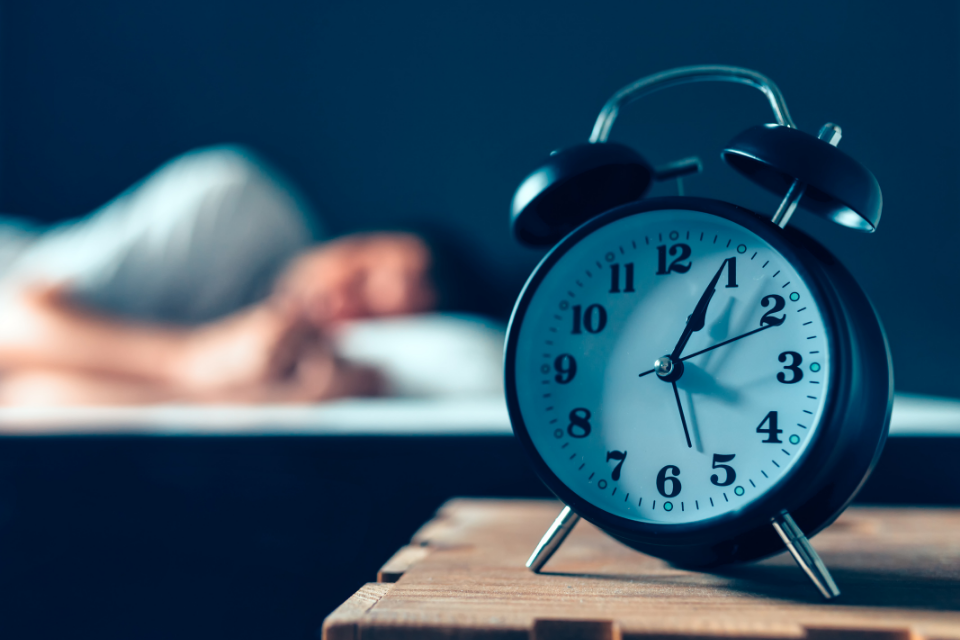
Why we need to get up when the alarm rings
Getting a good night’s sleep is important for productivity, but how you wake up is just as important as how you sleep. Not many would be aware that hitting snooze button has negative impact on brain function and productivity that can last up to four hours. As mentioned, we sleep in cycles that take up to 90 to 120 minutes to complete. About two hours before you wake up, your body starts to slowly prepare to wake up. When your alarm rings, your body is in wakeup mode. If you hit the snooze button and drift back to sleep, you force your brain to start a new sleep cycle that is 90 to 120 minutes long. When the “snooze” alarm goes off 10 minutes later, the cortical region of your brain, which is responsible for decision making, attention, alertness and self-control, is still in sleep cycle. It won’t be able to snap awake; it needs 80 more minutes to finish what that snooze button has started.
It can take up to four hours for this “sleep inertia” condition to wear off and for cognitive functions to return to full capacity, that’s why you feel so darn groggy when you get up after hitting the snooze. It’s not because you didn’t get enough sleep. It’s because once snooze button is hit, a new sleep cycle started and then got interrupted again.
Tips for better sleep
To improve sleep health, consider the following tips.
During the day
- Exercise regularly, but try to schedule your workouts at least a few hours before you go to sleep. Exercising too close to bedtime may lead to interrupted sleep.
- Increase your exposure to sunlight or bright lights during the day. This can help maintain your body’s circadian rhythms, which affect your sleep-wake cycle.
- Try not to take long naps, especially late in the afternoon.
- Try to wake up at the same time each day.
Before bed
- Limit alcohol, caffeine, and nicotine in the evening. These substances have the potential to interrupt your sleep, or make it difficult to fall asleep.
- Switch off electronics at least 30 minutes before bedtime. The light from these devices can stimulate your brain and make it harder to fall asleep.
- Get into the habit of a relaxing routine before bedtime, like taking a warm bath or listening to soothing music.
- Turn down the lights shortly before bedtime to help brain understand that it’s time to sleep.
In bed
- Avoid looking at screens like the TV, laptop, or phone once you’re in bed.
- Read a book or listen to white noise to help relax once in bed.
- Close your eyes, relax your muscles, and focus on steady breathing.
- If unable to fall asleep, get out of bed and move to another room. Read a book or listen to music until you start feeling tired, then go back to bed.
A good night’s sleep is essential to good health. Ideally, only wake up at the end of your sleep cycle, which is when you’re likely to feel the most rested.






